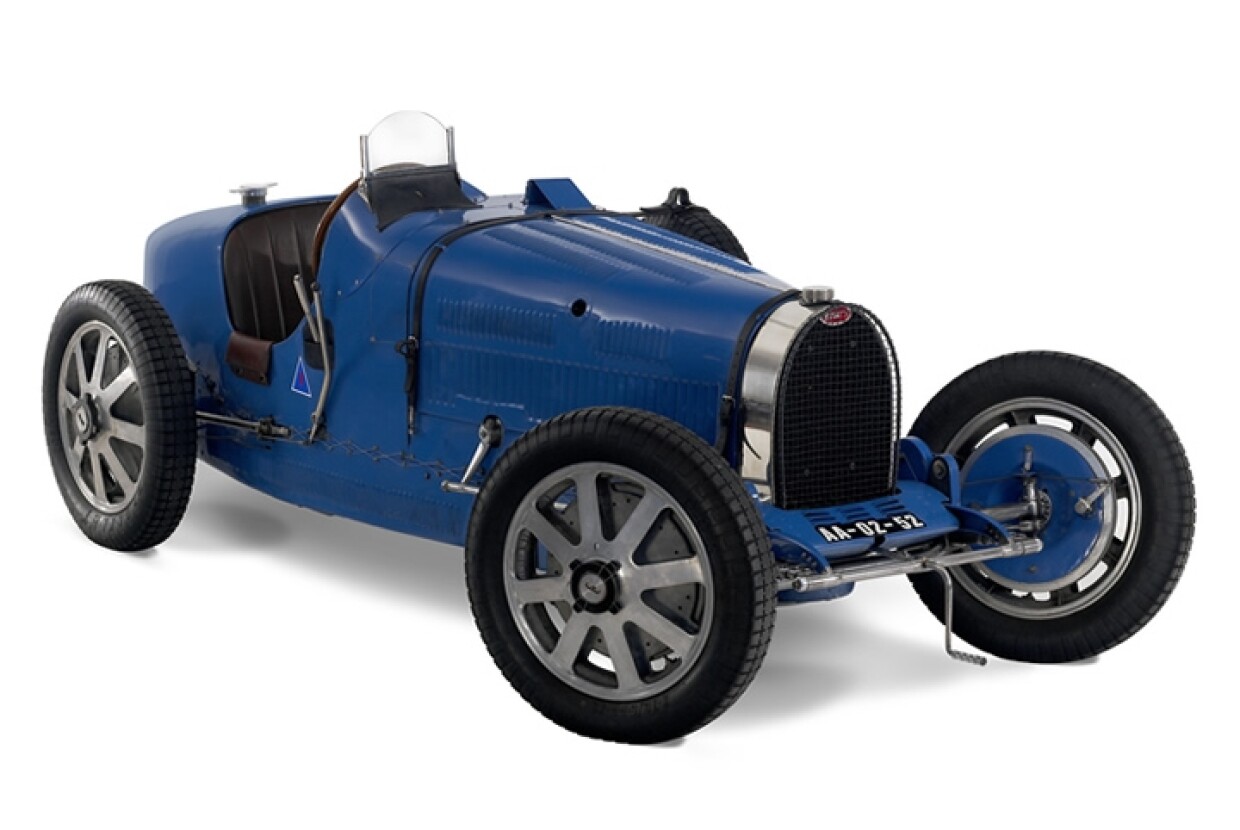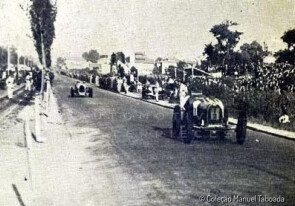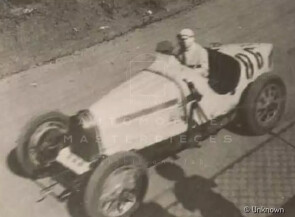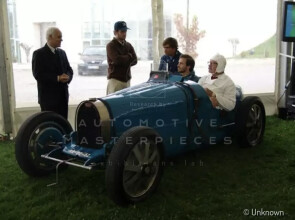
1930 Bugatti Type 35B Grand Prix
ON/OFF
Why am I an Automotive Masterpiece?
L. Limited edition cars
no. 45 manufactured
The golden age of the brand founded by Ettore Bugatti coincided with the career of the Type 35, which has over two thousand victories to Molsheim house and began in July 1924 at the French GP, held in Lyon. The Type 35 features a stunning streamlined teardrop-shaped bodyshell. The Type 35 had an extraordinary lines: the bonnet silhouette flowed from the radiator grille, horseshoe-shaped, extending to the rear in beak, which was the fuel tank. Another exceptional detail were the aluminum wheels, an absolute news, with the same material that was used for the body. The four-speed gearbox derived from the Type 22 Brescia model and brakes, controlled by cable, were drum on all four wheels. The original engine was an eight-cylinder, two liters and about 90 horsepower. The first developments in the Type 35 was a single seater called Type 36, five voiturettes equipped with a 1,500 cc engine capacity, which led to the 35A model, a "civilian" version of the racing car. To make the most competitive Grand Prix car, Bugatti knew it was essential the use of a supercharger. It was decided to use a Roots English origin supercharger, that after it was adapted to 35 race car, gave birth to the Type 35C in 1926. Later that year, increasing the stroke of 88 to 100 mm, Bugatti managed to gain over 300 cc capacity. This model had been modified for the Targa Florio in 1926 and was baptized 35T. Then, when it adapted a larger compressor in 35T, it appeared 35TC and in the 35B. This model won twice the Grand Prix of Monaco, in 1929 and 1930, and the Targa Florio, in 1928 and 1929, having obtained prominent places especially between 1928 and 1930. In 1931 came the Bugatti Type 51, a little more powerful, and it was no more than an evolved version of 35B. The Type 35 is without a doubt the first model you would associate with the Bugatti brand; to this day, it remains the most successful race car of all time, with over 2,000 victories and spots on the podium during a racing career that lasted nearly ten years. It was also a commercial success. Bugatti sold the Grand Prix model to prosperous privateers, laying the foundation for Molsheim’s Golden Age. The Bugatti Type 35 was the only car from the period that could be driven on both public roads and racetracks. More than 300 cars where built from 1934 to 1931 and only 45 Type 35B.
The Bugatti Type 35B on display in Caramulo Museum was Portuguese from birth. It was commissioned by the racing driver Henry Lehrfeld and delivered in July 1930. On August 4, Lehrfeld won its wheel the Setúbal Start Kilometre. Over the period of about five years, this car has always been among the places of honor in the tests organized in Portugal. In 1930 also won the Kilometre Launched in Mindelo, establishing a dizzying average of 194 km/h. In July 1934, Antonio Guedes Heredia convinces Leherfeld to give him 35B for Vila Real circuit. At the wheel of this car, in a show of great class and virtuosity leads to losing all other participants. The following year, Leherfeld takes his Bugatti to Brazil, playing in Gávea Circuit exceptional proof, ranking second. He returned there in 1936. In 1956 it was acquired by João Lacerda, becoming part of the automobile collection of the Museum of Caramulo.




